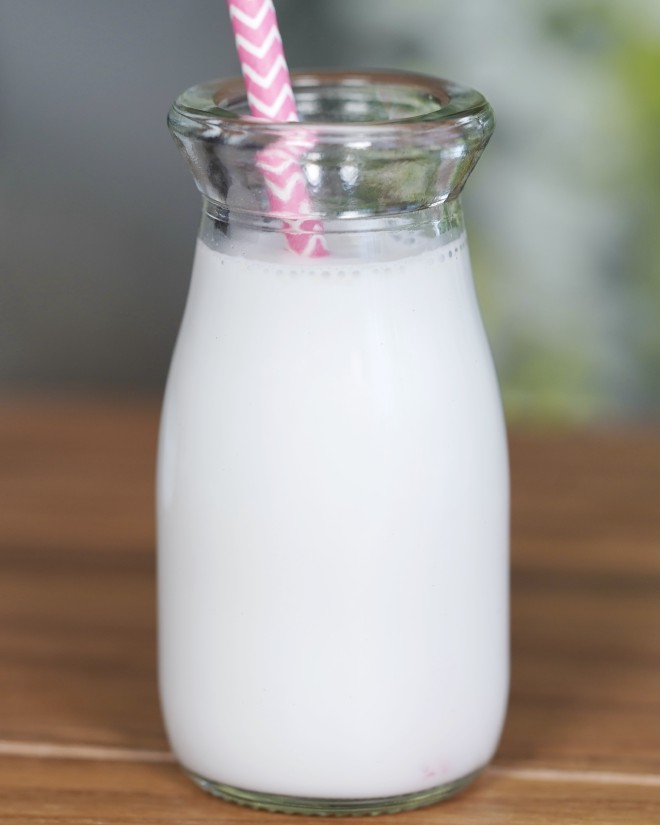Part of the Milk, Yogurt & Cream Lotion series.
Recipe
Water Phase
- 165g Distilled Water
- 4g Glycerine
Oil Phase
- 20g Fractionated Coconut Oil
- 10g Glyceryl Stearate & PEG 100 Stearate
- 1g Cetearyl Alcohol
Cool Down
- 2g Optiphen (Preservative)
- 1g Vitamin E Oil (Antioxidant)
- 2g Essential Oils (Optional Fragrance)
Method
- Measure out your water phase ingredients: Distilled Water and Glycerine, as well as your oil phase ingredients: Fractionated Coconut Oil, Glyceryl Stearate & PEG 100 Stearate, and Cetearyl Alcohol.
- Gently melt both phases in separate heat-proof containers over a low heat using either a bain-marie or double boiler method.
- Once both phases are completely melted and heated through, pour the oil phase into the water phase and immediately blend with an immersion blender.
- To emulsify, continue blending until the mixture becomes pale, opaque and creamy. Due to the emulsifier, it will only slightly thicken but will develop its final consistency once completely cool.
- When the lotion is cool and homogenous, measure out your cool down ingredients: Optiphen (or your broad-spectrum preservative of choice), Vitamin E Oil and any Essential Oils you’d like for fragrance.
- Mix thoroughly to ensure that all of your ingredients are combined. Store your milk lotion in a squeeze bottle or pourable container, away from direct sunlight.
This recipe makes 200g of body milk lotion, and will last for approximately 3 months. See the interactive formula to customise this recipe.
What is body milk?
We’ve all heard of creams, but what about milk? Apparently the dairy metaphor runs deep in the skincare world, and like its name suggests - “milks” are a form of liquid moisturiser.
Body milks are ultra lightweight and thin lotions that resemble the look and feel of milk. Characterised for their “pourable” consistency, a small amount can easily be spread across a large area of skin making them perfect for quick application.
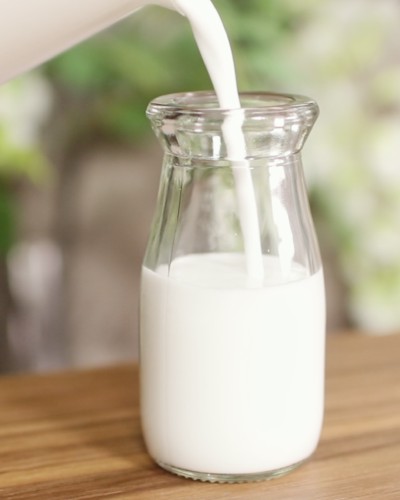
Body milk vs body lotion
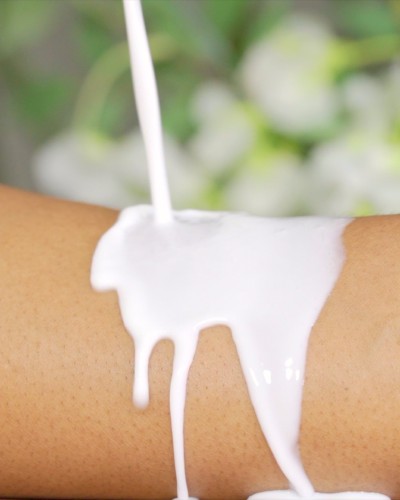
How to make milk lotions
Milk lotions are oil in water emulsions that contain a far greater amount of water than typical lotions. There are no hard rules but as a guide you can expect milk formulas to consist of around 80% - 90% water. But it takes a lot more to make body milk than just runny lotion! They key to their signature texture is actually in the emulsifier.
Glyceryl Stearate & PEG 100 Stearate
The choice of emulsifier you use is incredibly important as it’s the deciding factor on the texture of your final lotion.
Most emulsifying waxes are actually made up of a combination of emulsifying agents and thickeners which is why they’re able to create thick lotions and creams.
However, in order to make a liquid milk lotion, you want to avoid unnecessary thickeners, so you’re limited with what emulsifying wax you can use.
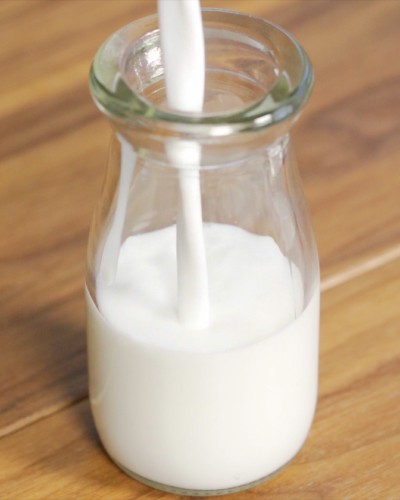
Glyceryl Stearate & PEG 100 Stearate is an emulsifying wax that can bind oil and water without thickening the resulting emulsion, allowing you to add a separate thickener to get the texture you want. This makes it the ideal choice for body milk as you can determine the exact consistency.
So what’s the catch? Well, like the name suggests, glyceryl stearate & PEG 100 stearate isn’t exactly natural, rather it’s a completely safe but synthetic emulsifier. Unfortunately, I’ve yet to find a natural alternative, that can make a stable emulsion without turning into a thicker lotion. Whilst it’s always my aim to promote natural ingredients, I do incorporate some synthetic ingredients in my formulation when there’s no suitable alternative. In this case, I think it’s worth using glyceryl stearate & PEG 100 stearate if you want to make true milk lotions.
Have you tried making body yogurt? You’re in for a real treat!
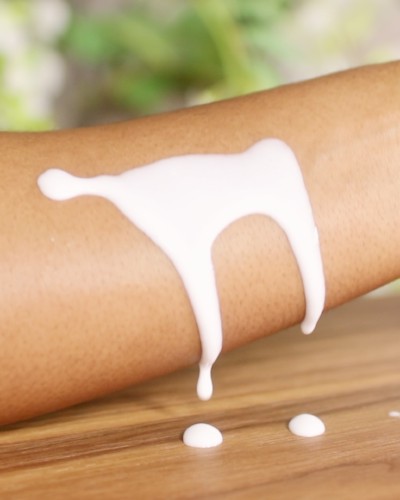
How to use body milk lotion
Milk lotions occupy a unique place in the skincare world as they are one of the lightest moisturisers available. They’re best used in summer months or hot climates where traditional creams and lotions feel too heavy on the skin. Whilst they do have moisturising capabilities, they’re more like hydrators, so if you require lasting moisture, I’d advise pairing body milks with a more intensive cream or lotion.
Apply a small amount of body milk directly to your skin and massage until the lotion has absorbed. Due to milk lotion’s runny consistency, body milks are easiest to apply in the shower to damp or dry skin.
